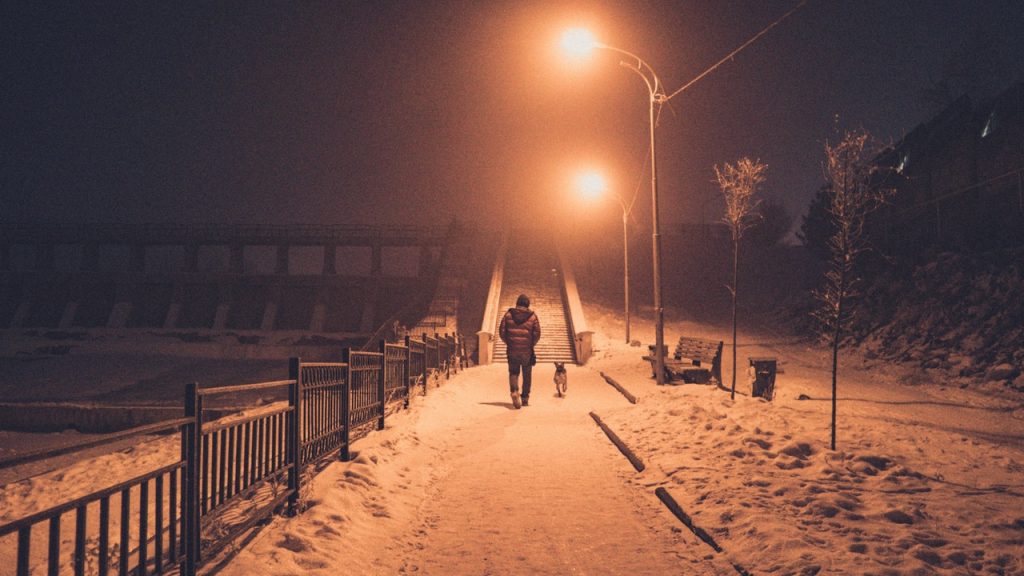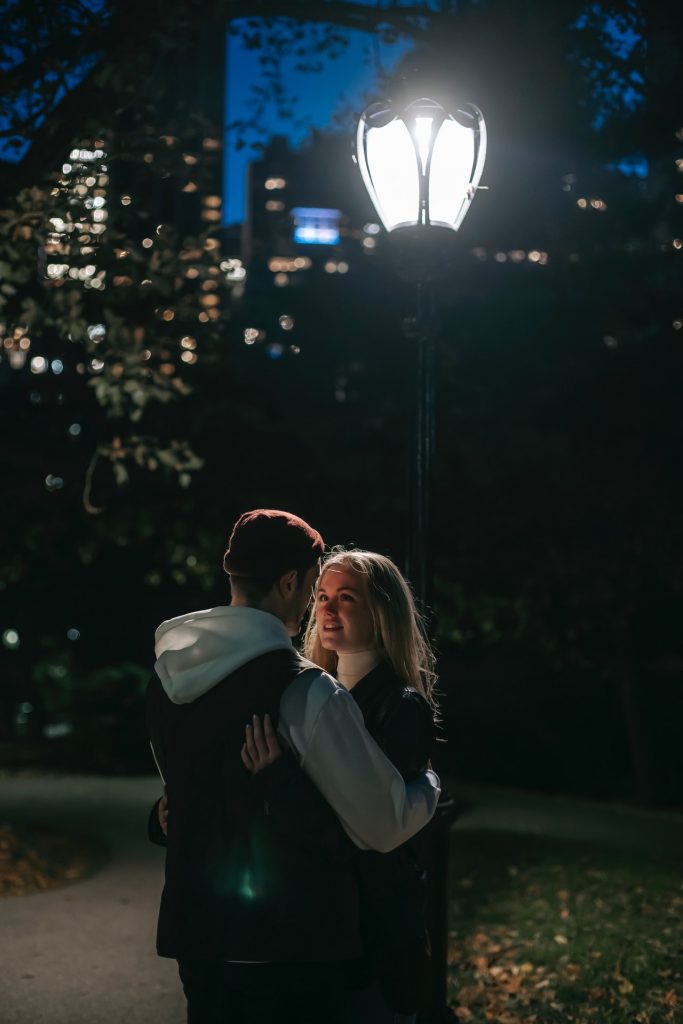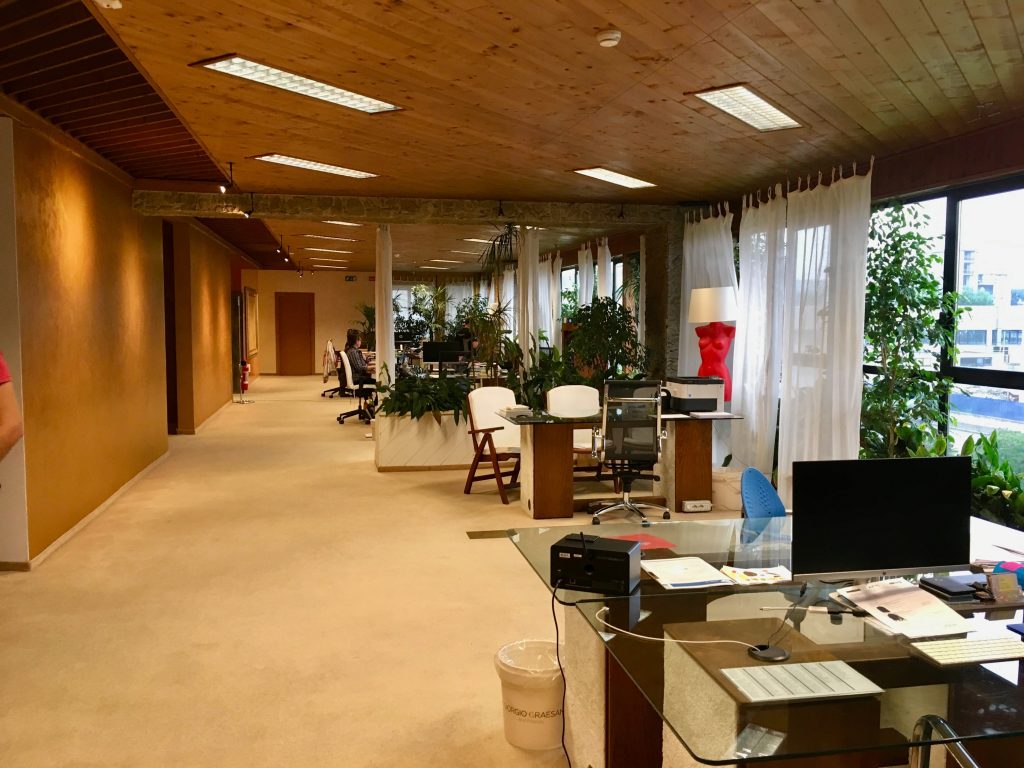Lighting Design Standard
As an important cultural, recreational and leisure activity place for citizens, the function and style of the park are influenced by the dominant professional design ideas, and therefore each has different characteristics. The task of lighting design is to use the art of lamp modeling and lighting to reflect the idea of park design according to the functional characteristics of the park and the specific objects.
- To determine the lighting method, we must first clarify the theme and style of the park. Before embarking on the design, we need to carefully study all the design materials, communicate with the leading professional and other professional designers, and fully understand the functions of various buildings and structures. The design idea of the scenic spot determines the lighting method, and uses the method of light and shade and color change to express the beautiful scenery.
General roads, squares, platforms and indoor places should adopt general lighting to obtain a more uniform light environment. It is not only conducive to people’s activities, but also simplifies the types of lighting equipment. And some parts or scenic spots that need to be emphasized need to be locally illuminated, such as the gates of the park, the facades of the main buildings, sculptures and some ornamental plants, etc., using colors and light and shade changes to highlight the beauty or themes of things.
- Selection of lighting source. Various light sources have their own advantages in efficiency, light color, color rendering, etc. In places where there is no special requirement for light color and color rendering, such as roads, platforms, squares, etc., efficiency can generally be selected. High-brightness fluorescent high-pressure mercury lamps, high-pressure sodium lamps, etc. to improve lighting efficiency and save energy. For general indoor lighting, fluorescent lamps should be used as the light source. For places that require high color rendering, such as the lighting of exhibition halls and floodlights for green viewing lighting, metal dent lamps should be used to reflect the original colors of exhibits and plants as faithfully as possible. For the lighting of the fountain waterscape, color changing light sources should be used to create a fairy tale-like dream effect.
- Selection and layout of lamps and lanterns The choice of lamps and lanterns should be based on the style of the park. The shape of the lamps should be consistent with the theme of the park and the atmosphere of the environment. Do not blindly pursue luxury or simplicity, and create a sense of inconsistency with the environment. Successful selection of lamps and lanterns can not only play the function of lighting. Its own shape and proper layout can also give people a feeling of beauty and become a part of the landscape. The combination of the selection and arrangement of lamps and the light source can produce different atmosphere effects.
The selection of lamps for the main population, arterial roads and platforms of the park should generally choose lamps with higher brightness to obtain higher illuminance and warmer atmosphere. For example, the gate of the sculpture park: the main population, the gate structure is composed of thick stone pillars and huge iron gates, and the inner square is composed of a large fountain pond and a semi-circular sculpture platform with green trees as the background. The span of the square is tens of meters wide.
If the pole-type lamps are arranged in the square, the visual effect of the fountain will be destroyed. If the lamps are arranged along the circumference of the ring, it is inconsistent with the arrangement of multiple sculptures. Therefore, the high pole lighting method is chosen. Two high-pole lamps with a height of 25 meters are installed in the two squares, and the front is covered by trees and shrubs, so that even if the entire square has a more uniform illumination, it also maintains the purity of the landscape.
Lights for secondary roads can choose garden lights with lower brightness and lower color temperature to create a romantic atmosphere with winding paths. Flower beds in large lawns, low bushes on both sides of buildings and roads, etc., can be arranged loosely-some lawn lights can play a role in embellishing the atmosphere. However, all lamps should be in harmony with the environment and have a unified style to achieve the harmony and unity of lighting and landscape modeling.
- Lighting control
Park roads, courtyard waterscapes and floodlighting can be controlled by light control, time programming control and other automatic control methods. In addition, main lighting such as roads and platforms should be designed as control lines that can change the illuminance according to the needs. Normally use lower illuminance standard lighting, and put in higher illuminance during holidays or when there are more people. Decorative lighting circuits such as lawn lights, floodlights, floodlights, water features, etc., are connected by lines to control the input and withdrawal of various lighting according to needs.
In general, the lighting design of the park must conform to the style of the park, and at the same time, it must be colorful, save power and reduce operating costs. Use lights to reflect the design ideas of the park.
Application of Lighting Color
|
name |
symbol |
unit |
instruction |
|
Luminous flux |
Φ |
Lumens |
The total amount of light emitted by the light source per second, which is simply the amount of light emitted |
|
Light intensity |
I |
Cd |
The intensity of light, the amount radiated in a certain direction angle |
|
Illuminance |
E |
Lux (Lm/m2) |
The amount of incident light per unit area, that is, the value obtained by dividing the beam by the area (m2) is used to express the brightness of a certain place |
|
CCT |
K |
Kelvin |
When the color of the light emitted by the light source is the same as the color radiated by the “black body” at a certain temperature, the temperature of the “black body” becomes the color temperature of the light source. The higher the temperature of the “black body”, the more blue components in the spectrum, and the less red components. For example: the light color of an incandescent lamp is warm white, and its color temperature is expressed as 2700K, while the color temperature of a daylight fluorescent lamp is expressed as 6000K. |
|
name |
instruction |
|
Light color |
Light color is actually color temperature, which can be roughly divided into three categories: warm color <3300K intermediate color 3300 to 5300K daylight color>5300K Because of the difference in the composition of the light spectrum, even if the light color is the same, the color rendering of light may be different. |
|
Color rendering
|
In principle, artificial light should be the same as natural light, and the naked eye can correctly distinguish the color of things. Of course, this depends on the location and purpose of the lighting. The degree to which the light source presents the color of the object becomes the color rendering, usually called “color rendering index” (Ra) |
|
Lamp efficiency |
Lamp efficiency (also called light output coefficient) is an important standard for measuring the energy efficiency of lamps. It is the ratio between the luminous flux output by the luminaire and the luminous flux output by the light source in the luminaire |
|
Light source efficiency |
That is to say, the amount of electricity emitted per watt. The higher the value, the higher the efficiency of the light source. Therefore, for places that have been used for a long time, such as office corridors\roads\tunnels, etc., efficiency is usually an important consideration. |
|
brightness |
The amount of light reflected by a unit projection surface of a light source in a certain direction in a unit solid angle is called the brightness of the light source in a certain direction. The symbol is L L=di/ds. The unit is cd/m2 (candela per square meter) |
|
Glare |
There are extremely bright objects or strong brightness contrast in the field of view, which can cause visual discomfort called glare. Glare can be divided into disability glare and uncomfortable glare. Glare is an important factor affecting the quality of lighting |
|
Power factor |
The ratio of useful power to apparent power (the product of voltage and current) in the circuit |
|
Average life span |
That is, the rated life, which refers to the life when 50% of the lamps fail |
|
Beam angle |
The beam angle refers to the angle between 1/10 of the maximum light intensity of the lamp |





